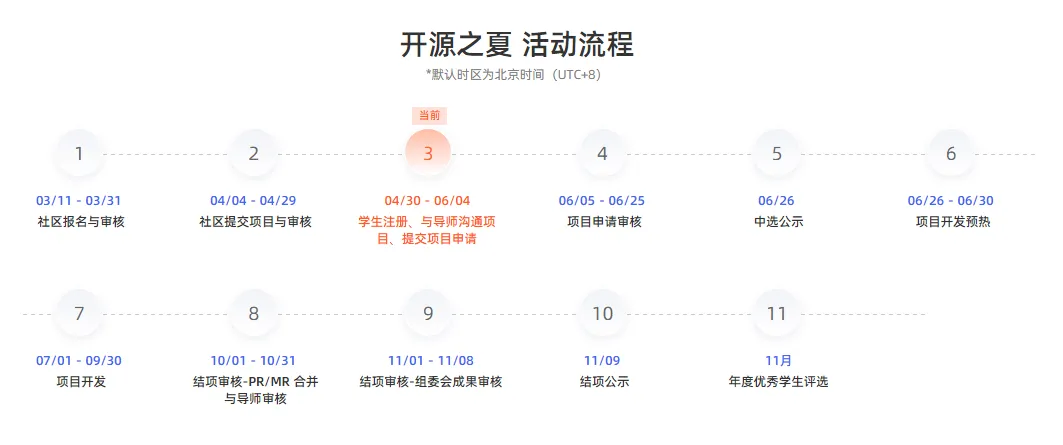KubeEdge v1.17 is now available! This latest release introduces several new features and enhancements, including support for edge pods using InClusterConfig to access the Kubernetes API server, video streaming data reporting in Mappers, auto-restarting for EdgeCore modules, and more.
1.17 What's New
- Support Edge Pods Using InClusterConfig to Access Kube-APIServer
- Mapper Supports Video Streaming Data Reporting
- Support Auto-Restarting for Edge Modules
- Introduce
keadm ctlCommand to Support Pods Query and Restart at Edge - Keadm Enhancements
- Add MySQL to Mapper Framework
- Upgrade Kubernetes Dependency to v1.28.6
Release Highlights
Support Edge Pods Using InClusterConfig to Access Kube-APIServer
The InClusterConfig mechanism enables cloud pods to directly access the Kubernetes API server. With this release, KubeEdge now supports edge pods using the InClusterConfig mechanism to access the Kube-APIServer directly, even when the edge and cloud are in different network environments.
Refer to the link for more details. (#5524, #5541)
Mapper Supports Video Streaming Data Reporting
Previously, Mappers could only process structured device data. In v1.17, video stream data processing features have been added to the Mapper-Framework.
Edge Camera Device Management
v1.17 provides a built-in Mapper based on the Onvif protocol, which can manage Onvif network camera devices into the KubeEdge cluster and obtain the camera's authentication file and RTSP video stream.
Video Stream Data Processing
Video stream data processing capabilities have been introduced to the Mapper-Framework data plane. The video stream reported by edge camera devices can be saved as frame files or video files.
Refer to the link for more details. (#5448, #5514, mappers-go/#127)
Support Auto-Restarting for Edge Modules
EdgeCore modules could previously fail to start due to non-configurable and recoverable matters like process start order issues. In v1.17, the BeeHive framework has been improved to support automatically restarting modules. Users can now configure EdgeCore modules to automatically restart instead of restarting the entire component.
Refer to the link for more details. (#5509, #5513)
Introduce keadm ctl Command to Support Pods Query and Restart at Edge
The new keadm ctl command has been introduced in v1.17, allowing users to query and restart pods on edge nodes when they are offline:
- Query:
keadm ctl get pod [flags] - Restart:
keadm ctl restart pod [flags]
Refer to the link for more details. (#5504)
Keadm Enhancements
Several enhancements were made to the keadm installation tool:
- Refactored the
keadm initcommand - Changed the command
keadm generatetokeadm manifest - Added
image-repositoryflag tokeadm jointo support customization - Split the
keadm resetcommand intokeadm reset cloudandkeadm reset edge.
Refer to the link for more details. (#5317)
Add MySQL to Mapper Framework
The Mapper Framework data plane now includes MySQL database support in its pushMethod. When using MySQL, basic configuration parameters for the MySQL client need to be added in the DeviceInstance.
Refer to the link for more details. (#5376)
Upgrade Kubernetes Dependency to v1.28.6
The vendored Kubernetes version has been upgraded to v1.28.6, users are now able to use the latest features on both the cloud and edge side.
Refer to the link for more details. (#5412)
Important Steps before Upgrading
To use the
InClusterConfigfeature for edge pods, you need to enable the metaServer and dynamicController switches, and setfeatureGates.requireAuthorization=truein the CloudCore and EdgeCore configuration files.To use the
Auto-Restarting for Edge Modulesfeature, you must enable themoduleRestartfeature gate in EdgeCore.
Download the v1.17.0 release from the release page and upgrade today to take advantage of these new capabilities!

